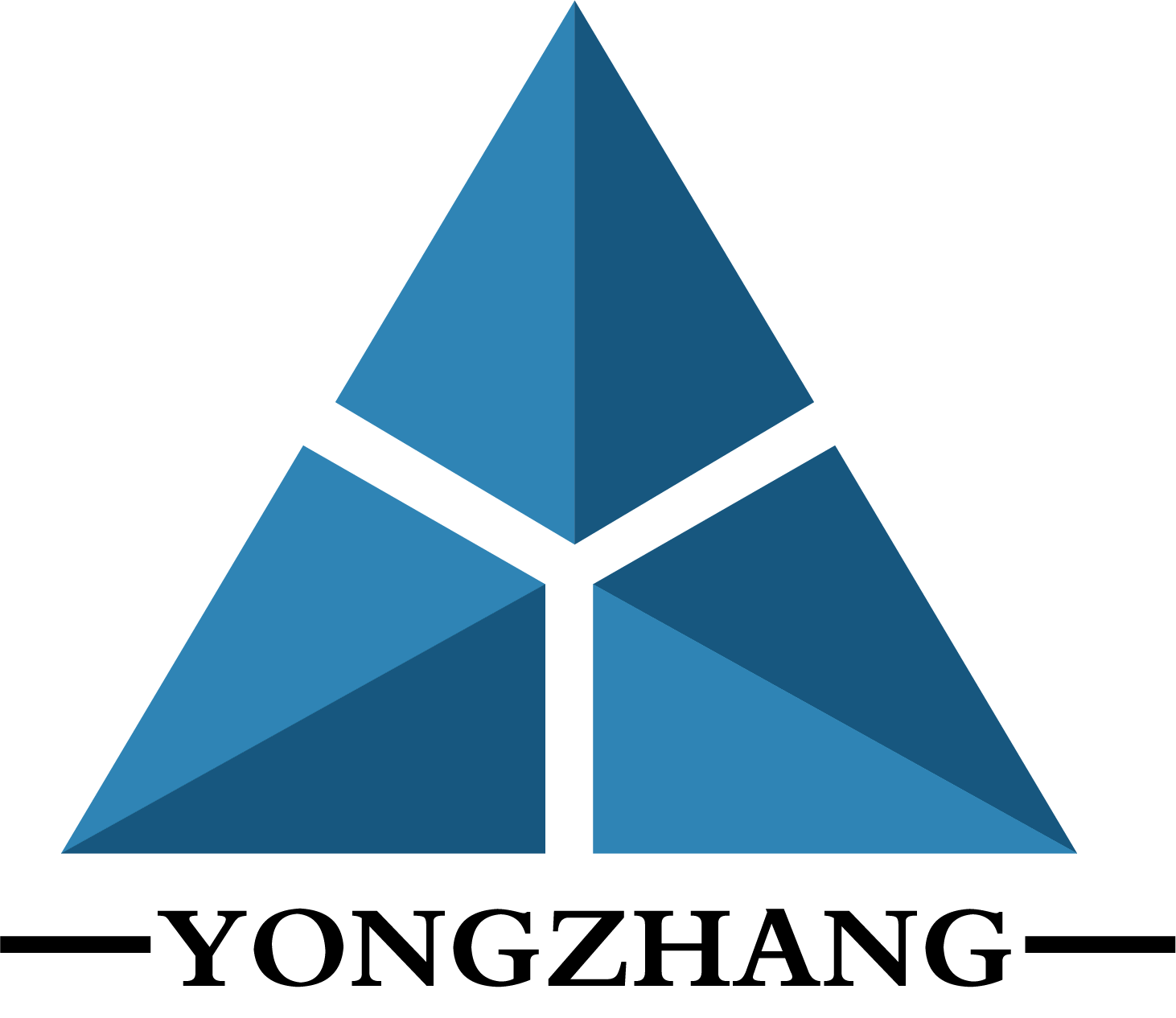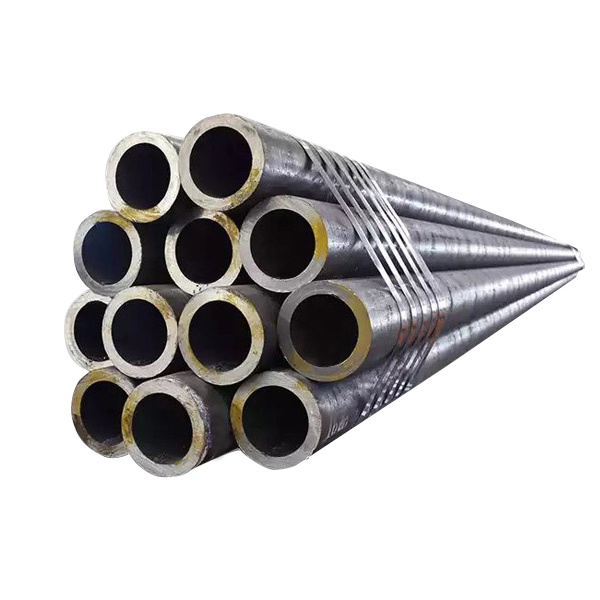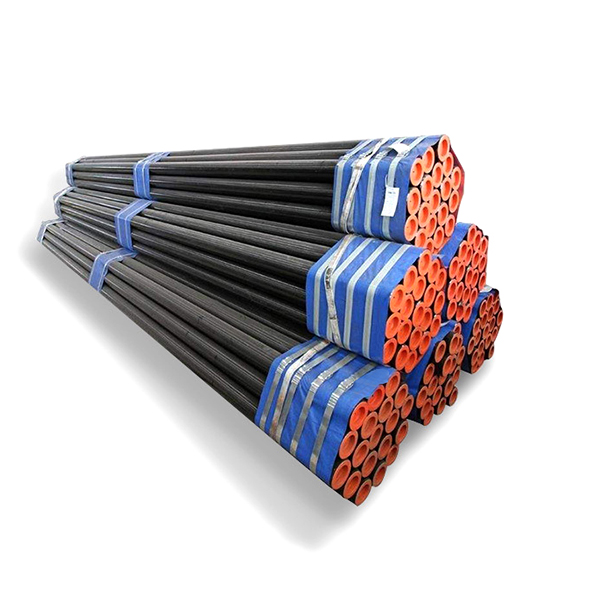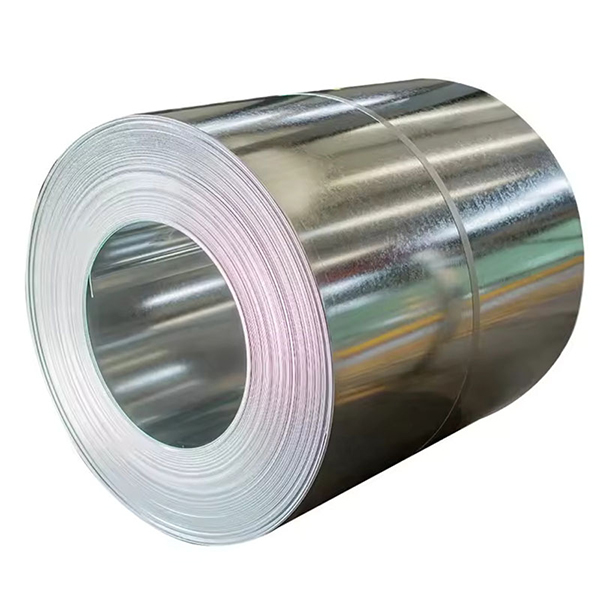Production technology of rebar
Rebar is a steel bar with ribbed surface, also known as ribbed steel bar, usually with 2 longitudinal ribs and horizontal ribs evenly distributed along the length direction. The shape of the transverse rib is spiral shape, herringbone shape and crescent shape. Expressed in millimeters of nominal diameter. The nominal diameter of a ribbed bar is equivalent to the nominal diameter of a circular bar of equal cross-section. The nominal diameter of the steel bar is 8-50 mm, and the recommended diameters are 8, 12, 16, 20, 25, 32, 40 mm. Ribbed steel bars bear mainly tensile stress in concrete. Ribbed steel bars have greater bonding capacity with concrete due to the role of ribs, so they can better withstand the action of external forces. Ribbed steel is widely used in various building structures, especially large, heavy, light thin-walled and high-rise building structures.
Rebar production process
The production process of rebar enterprises can be roughly divided into the following main areas according to the degree of close connection between the various processes:
Ironmaking area, main steel refining area, finishing area. The logistics connection between the production tasks and the preceding and following processes in each region is described as follows:
(1) Ironmaking area. In the ironmaking area, iron ore, coke and limestone are sent to the blast furnace for smelting. The iron ore is broken down and pre-melted to produce pig iron, which is used as raw material for the steelmaking process and sent to the steelmaking process.
(2) Main steelmaking area The main steelmaking area includes three main production processes: converter (or arc furnace) steelmaking, continuous casting billet (continuous casting) and hot rolling. With the development of the hot charging process, the three processes of steelmaking, continuous casting and hot rolling have become an inseparable whole, whether from the integration plan or from the close connection of the logistics of consistent production.
At present, in addition to the production of special steel and large steel castings, a small amount of cast steel ingot is needed for forging processing, and the vast majority of molten steel is cast into billets and then rolled, which is called "continuous casting".
The fundamental difference in the nature of iron and steel is the carbon content, the carbon content is less than 2% is the real "steel". Commonly referred to as "steelmaking" is the decarbonization of pig iron in the high-temperature smelting process, turning iron into steel. Commonly used steelmaking equipment is converter or electric furnace. The main steelmaking area receives pig iron from the ironmaking process, which is thrown into the converter (or electric arc furnace) together with scrap steel, which is blown with oxygen and removed from impurities, converted into molten steel, and then exported to the ladle furnace for refining (or degassing). Usually, a steel full of converter capacity is called heat. The molten steel which meets the quality requirement of steel grade is cured, cooled, drawn and cut into various lengths of continuous casting billets by continuous casting machine.
Billet rolling:
Under the rolling mill, the billet is reduced from coarser to finer, closer and closer to the final diameter of the product, and sent to the bar cooling bed for cooling. Bars are mostly used for processing mechanical structural parts. The use of a pattern roll on the final bar mill produces rebar, which is the structural material called "steel bar".
Rebar is produced by small rolling mills, the main types of small rolling mills are divided into: continuous, semi-continuous and transverse. Most of the new and in use in the world are fully continuous small rolling mills. Popular steel mills include the universal high speed steel mill and the high yield steel mill.





